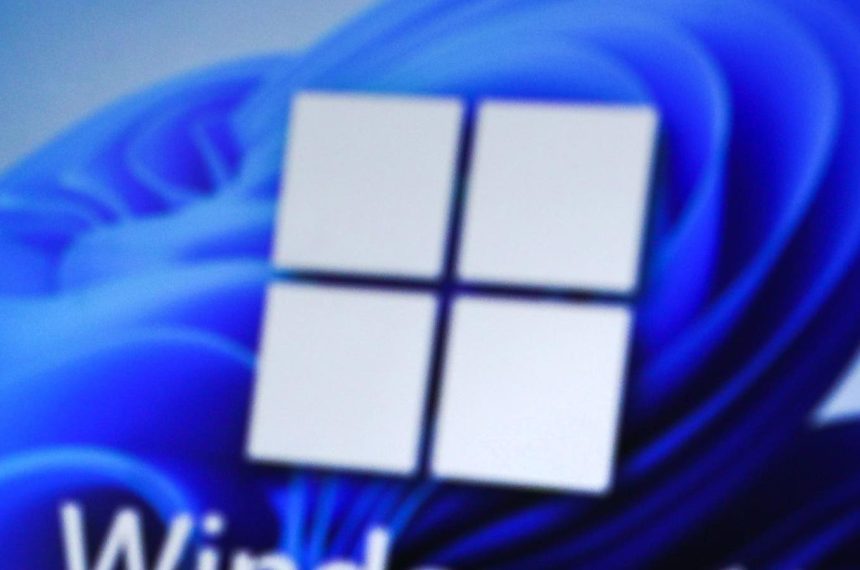Microsoft faces a significant challenge as the October 2025 end-of-support deadline for Windows 10 looms, leaving millions of users potentially vulnerable to security threats. While a free upgrade path to Windows 11 exists for compatible PCs, a substantial number of users remain on Windows 10. This reluctance stems from a combination of factors, including hardware incompatibility, confusion regarding upgrade costs, and general inertia. Microsoft’s recent, albeit retracted, suggestion that the free upgrade offer might expire seems to have spurred a wave of upgrades, but a substantial gap remains. The company’s efforts to migrate users to the newer operating system have been met with a mixture of progress and setbacks, creating a complex landscape as the deadline approaches.
The central issue revolves around the approximately 850 million Windows 10 users who need to transition to Windows 11. While a significant number have upgraded, a considerable portion remains hesitant. This hesitancy can be attributed to several factors. Firstly, Windows 11 has stricter hardware requirements than its predecessor, meaning not all PCs can support the upgrade. This leaves many users with the prospect of purchasing new hardware, a cost they may be unwilling to incur. Secondly, despite Microsoft’s assurances of a free upgrade for compatible machines, some confusion persists regarding potential costs, fueled by Microsoft’s own mixed messaging. This uncertainty creates a barrier for users considering the upgrade. Lastly, general user inertia and resistance to change play a role, as many individuals are comfortable with their existing operating system and hesitant to adopt a new one.
The situation is further complicated by Microsoft’s occasionally muddled communication regarding the upgrade. A recent blog post, later deleted by Microsoft, hinted at the potential expiration of the free upgrade offer. While the company quickly retracted the statement, citing inaccurate information, the incident likely contributed to user anxiety and may have paradoxically prompted a surge in upgrades. Data suggests that around 40 million users upgraded from Windows 10 to Windows 11 in January 2025, possibly spurred by the fear of losing the free upgrade option. This increase, while positive, still leaves a significant number of users on the older, soon-to-be-unsupported operating system.
While the recent upgrade surge is encouraging for Microsoft, the overall outlook remains concerning. Even if the January upgrade rate were to continue for the remaining nine months before the deadline, hundreds of millions of users would still be using Windows 10 when it loses support. This poses a substantial security risk, as unpatched vulnerabilities could be exploited by malicious actors. Furthermore, the issue of hardware incompatibility remains a significant hurdle. A large number of PCs are simply not capable of running Windows 11 due to stricter hardware security requirements. These users are left with a difficult choice: upgrade their hardware, find a workaround to bypass the security checks, or continue using an unsupported operating system, exposing themselves to potential security risks.
Microsoft has encouraged users to consider 2025 as the year for a PC refresh, highlighting the potential of new AI-powered Windows 11 devices. While this strategy might drive some upgrades, it is unlikely to address the core problem of users with incompatible hardware or those reluctant to incur the cost of a new PC. The company faces a difficult balancing act: encouraging upgrades without alienating a significant portion of its user base. As the deadline approaches, the pressure to find a solution intensifies. The sheer number of potentially vulnerable PCs creates an unprecedented situation, and the consequences of inaction could be severe.
Given the magnitude of the problem and the potential security implications, it is plausible that Microsoft will consider more radical options as the deadline nears. These could include forced upgrades for compatible PCs or a “lightweight” version of Windows 11 for those with incompatible hardware. While these are drastic measures, the alternative – leaving millions of users on an unsupported operating system – presents an even greater risk. The situation demands a comprehensive solution that addresses both hardware compatibility and user concerns. Finding a balance between security, user experience, and practicality will be crucial for Microsoft in navigating this complex challenge. The coming months will likely reveal the company’s strategy for mitigating the potential security nightmare looming on the horizon.



